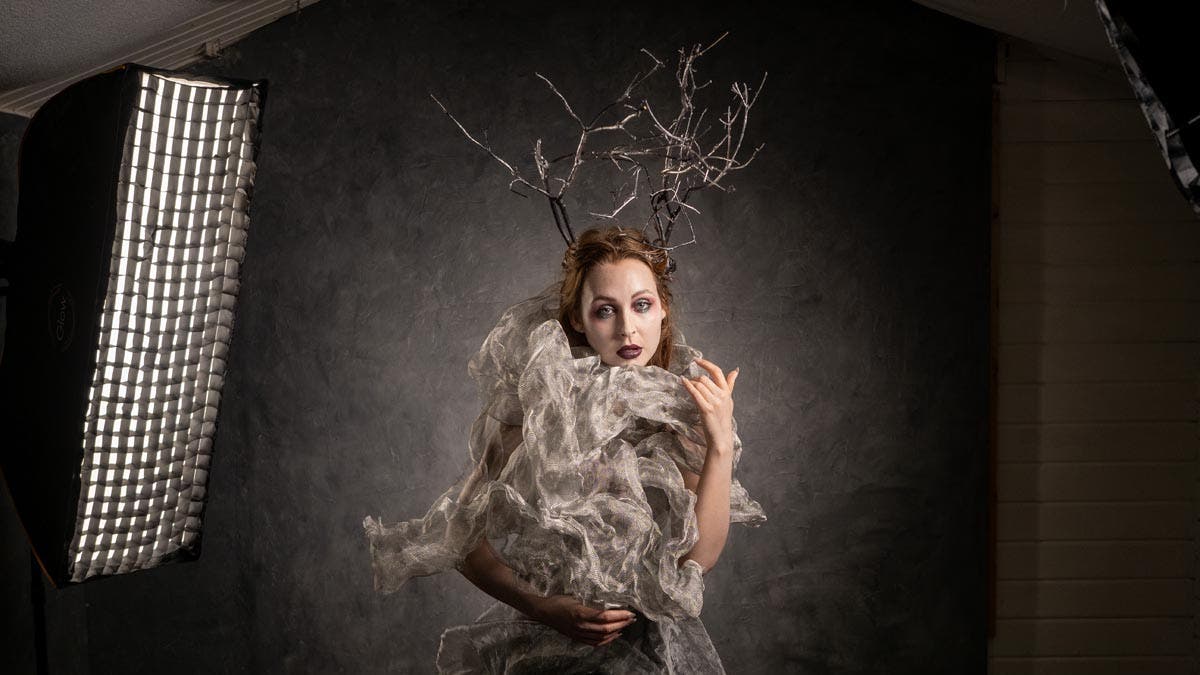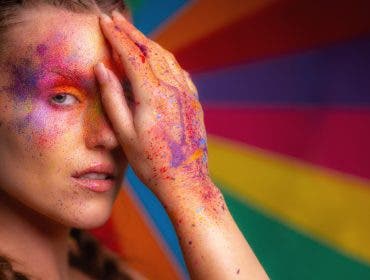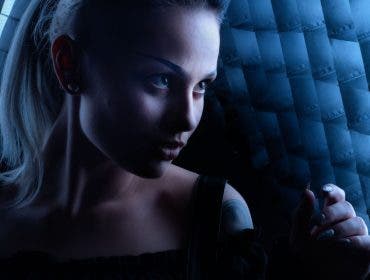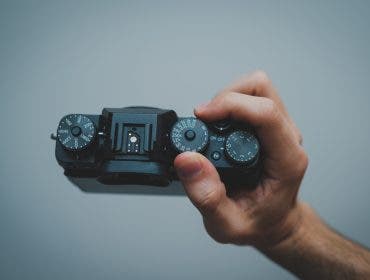The softbox might just be the most important part of your lighting setup. This is true whether you’re a headshot photographer making portraits or a videographer lighting an interview. Like so many things in lighting, there isn’t a single softbox that will be perfect for every situation. Understanding how each softbox shape works will help you decide which to use to achieve the desired results.
To make things a little easier, I’ll break the choice down into three basic softbox types: rectangular softboxes, the rounder “octabox” shape, and the tall, thin “stripbox” style softbox.
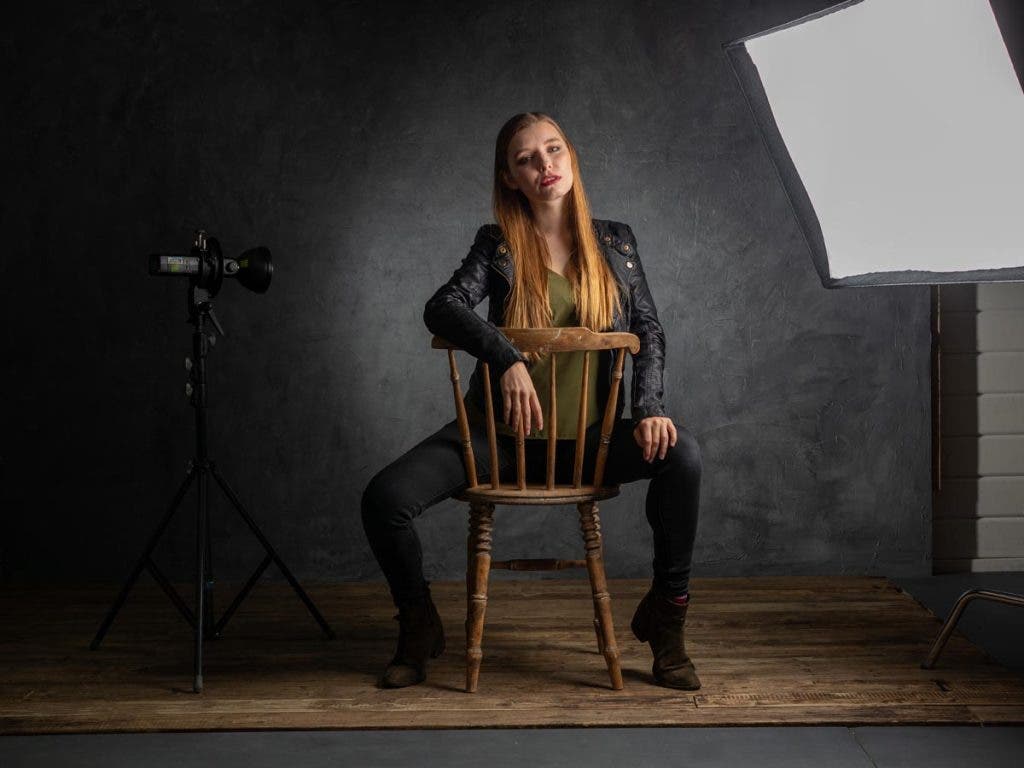
Rectangular Softbox: The Classic Softbox Shape
If I were buying my very first softbox, the 3’x2′ rectangular softbox would be at the top of my list. There are lots to choose from, and something like the Glow EZlock 24×36 is quick to put together and relatively low in cost. Of course, you can go bigger, much bigger, if you want to, but let’s ignore the size for now because you really choose a rectangular softbox for its shape.
Being flat-sided, it has the advantage over rounder softboxes when it comes to being placed close to a wall, which is one of my favorite ways to use a softbox. The same straight edges allow for a lot more control if you’re after a light that can be “feathered,” especially when it’s close to the subject. Speaking of which, if you’re after the softest light, you’ll probably have the softbox just out of shot. A rectangular softbox can be aligned with the edge of your frame much more than a rounder shape.
All of the above advantages also apply to square softboxes, but where a rectangular shape wins is in its ability to rotate. Need a light that extends from the side to the front of your subject? No problem, just turn the softbox horizontally. Want to use your softbox as a pure white background in your portrait format pictures? Spin the softbox vertically, and it will fill your frame.
Some portrait photographers will dismiss the rectangular design because of the “unnatural” catchlights it creates. It’s certainly something to consider if you plan to use it directly in front of your subject, but as a side light or backlight, it’s a non-issue.
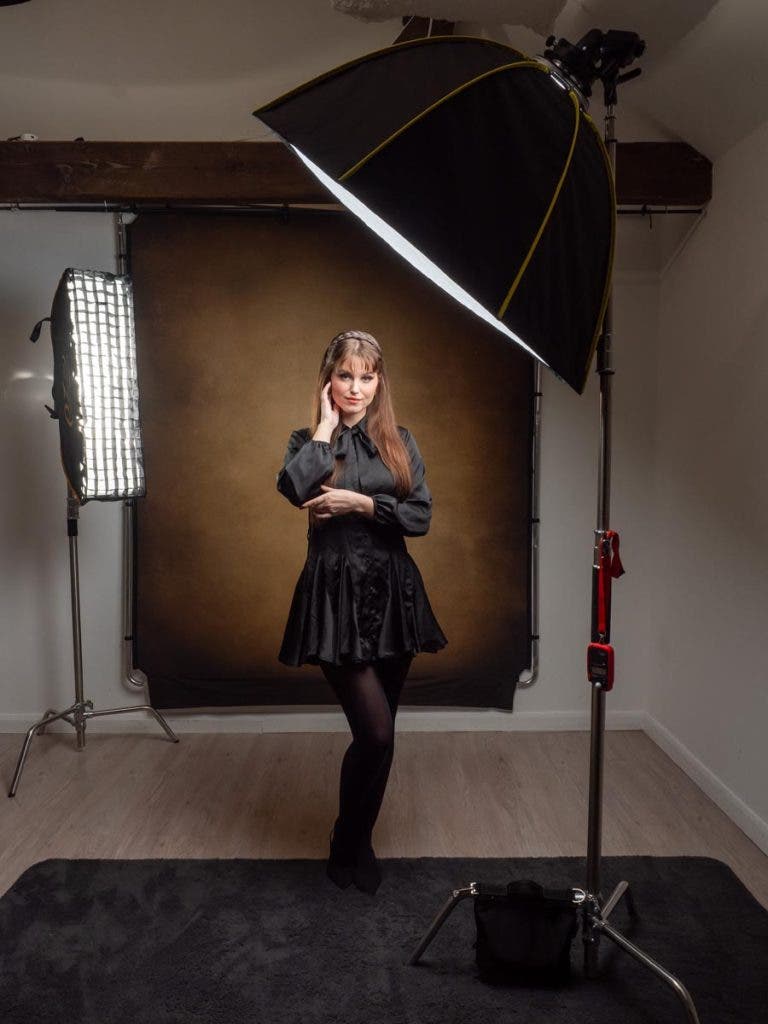
Octabox
Don’t be fooled by the name. Although many octabox softboxes are indeed 8-sided, there are plenty that are 16-sided, and some, like my trusty Glow Hexapop, have 6 sides. They all share the same two basic ideas: more sides mean a rounder and more sturdy shape.
The roundness really reflects how it looks in the catchlight of your subject’s eyes (or any other smooth, shiny surface). Unlike the “unnatural” catchlight you get from a rectangular softbox, the octabox produces a rounded catchlight that resembles the sun. While the real sun produces a tiny catchlight, the principle does seem to work.
The more sides the octabox has, the rounder the catchlights become. But if you want truly round catchlights, then something like the Profoto Deep White Umbrella, XL, 65″ with Umbrella Diffuser should be on your radar. Yes, I know it’s an umbrella. With the diffuser, it acts very much like an octabox, but that is another article.
One trap you might want to avoid is the so-called “Deep Octabox.” Often shaped like the front end of an airship, deep octas are often said to have the ability to channel the light into a beam more so than their shallower alternatives… They don’t. Like all softboxes, the front diffuser fabric spreads light regardless of what happens behind it. It might be more even, but it won’t be more directional.
More sides mean more rods, but that doesn’t necessarily mean more time to set up and dismantle your octabox. There’s a growing number of easy-open, quick-collapse octaboxes around. Some use click locks, while others look more like a modified umbrella design. If you plan on using flashes that extend into the octabox, it’s worth taking a closer look at the inner workings.
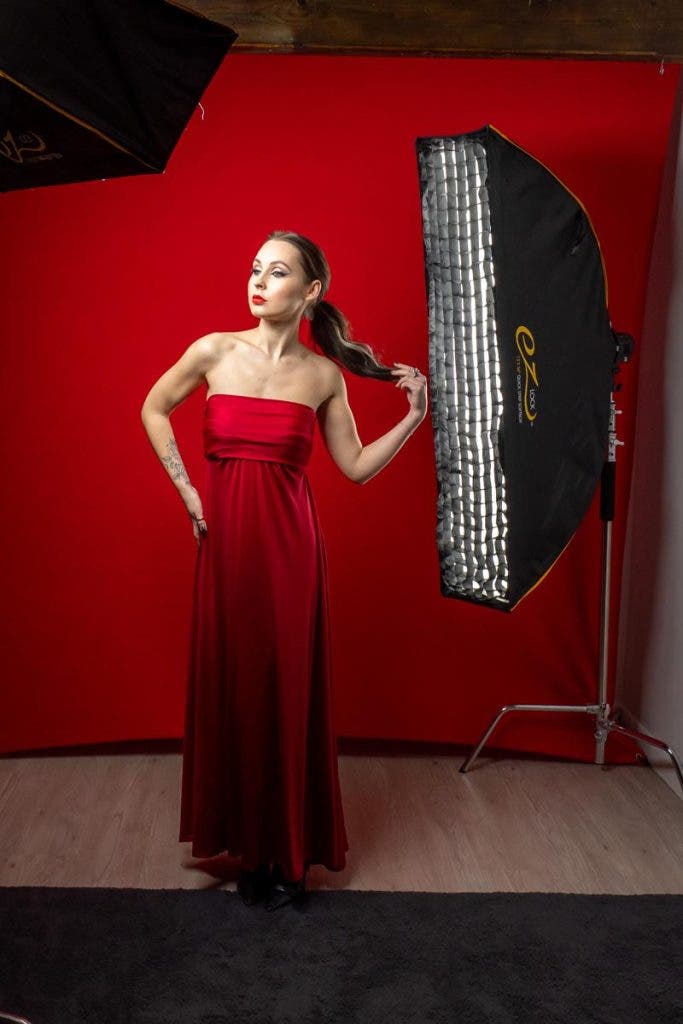
Stripbox: A Variant on the Classic Softbox Shape
The stripbox is technically just another variant of the rectangular softbox, but it has enough unique lighting properties that it’s become a softbox style in its own right. However, don’t let the name fool you because the one thing a stripbox doesn’t do is produce a focused strip of light. Like the deep octabox, the outer fabric spreads the light in all directions.
The stripbox name is solely down to its design. Its thin “strip” shape can vary wildly, with the Glow 12”x36” and the Glow 12”x56” being my two personal favorites for different reasons. The 1’x3’ stripbox is the perfect tool for anyone like me who works in a small home studio. Its thin width means it takes up less space than a 3’x2’ rectangular softbox but doesn’t compromise on the length.
Longer stripboxes like the 12″x56″ have a different use. You can almost think of them as two softboxes in one. You have a very large light source in one direction with all the associated properties. For instance, producing softer-edged shadows. Conversely, in the other position, you have a small light source with faster light falloff and somewhat harder-edged shadows.
You’re most likely to see a stripbox in use behind your subject, turned vertically and placed to the side where it produces an even length of light along the edge of your model. Additionally, the stripbox may be centered above and behind the head and used as a head-and-shoulder light. But there’s no reason why a stripbox can’t be used as a creative key light in front of your model. In fact, you can get two very different looks just by turning it from vertical to horizontal… but that’s a topic for another day.
Conclusion
There are a lot of softbox shapes to choose from, each giving a slightly different look. Sometimes, the use might be a little more stylized, like a really large stripbox. It might be that you need a robust round light source like a 16-sided octabox, or perhaps you just need an everyday workhorse that represents excellent value for money… and that brings us right back to where I started: with the classic 3×2 rectangular softbox.
Whatever you need, Adorama has it, so check out the store, and if you’re still not sure, just ask.

